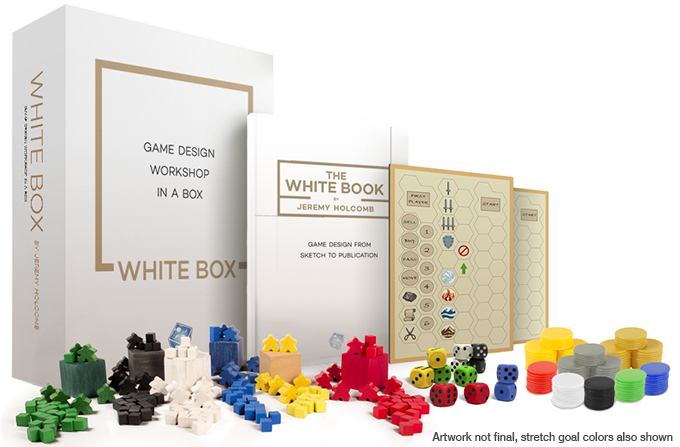LEVIATHAN WAKES
Set in a galaxy not so far away - in fact our own solar system. Mankind has colonised Mars, the moon and the Asteroid Belt. So, we have a familiar set up - three groups. the Earthers, the Martians and the Belters, needing each other, but in an uneasy alliance and relationship. Lots of pride and contempt and suspicion and potential animosity all mixed together and firing off between these three nations. All human in origin, but physiologically diverging, particularly the Belters who are long and tall and thin through the lighter gravity of their existence.
Sounds like it could be a commentary on world relationships now, but I'm glad to say that this is no socio-philosophising, thinly disguised allegory of our times. Or if it is, it is also a full-on action packed space saga. Nor is it just slam bang action with no thought. The plot focuses in turn on a number of important characters [usually about six in each novel] a chapter at a time, switching backwards and forwards often with cliff-hanging moments at the end of a chapter. It may be a tried and trusted formula, but it works and works brilliantly.
This is partly because the writers [no that's not a typo] know how to create characters that engage and intrigue the reader. You want to know what happens next not just for the plot's sake, but for the sake of these people that we've started to get to know and see progressing and developing. This success too may be related to the fact that we've got two writers here, that James S.A. Corey is the pseudonym for fantasy writer Daniel Abraham and Ty Franck. The latter, significantly I believe, is assistant to George R.R. Martin! And there are definite elements that make me think of Game of Thrones all the way and not in any cheap imitation manner, but simply having all the best qualities that I associate with that mammoth series of books.
I say "best" deliberately because this is for me much more tightly plotted and far less sprawling than GOT can be at times. Anyway, back to the story. Though there are many characters, the one who becomes most important is Jim Holden and the crew initially of a beat-up ice-mining space vessel. [Can't help thinking of Joss Wheedon's Firefly here!] To say much more is a problem without ruining some early suspense in your reading.
Safe to say, into this comes one HUGE Hitchcockian MacGuffin [though perhaps, reverse MacGuffin might be more accurate, as it is mightily important to the plot] - the protomolecule and some very nasty things start to happen. On the way to finding out some of the twists and turns of this plot, you'll meet a variety of the good and the bad with personal and political motives, skulduggery and in-fighting, reversals of fortune and more.
I wholeheartedly recommend this first book and the whole series to you. It's one of those that you must keep reading, but don't want it to end. What better can I say?






































Follow Us